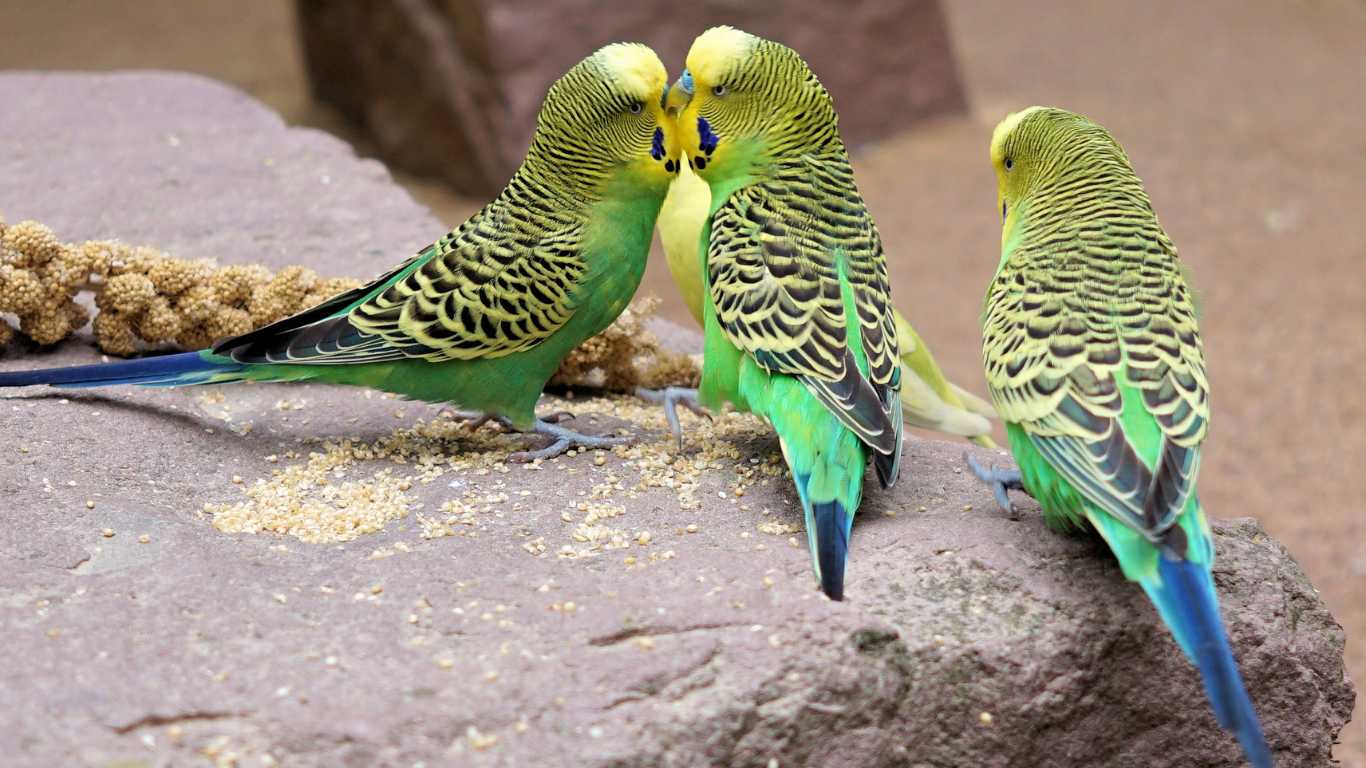Parakeets, known for their vibrant plumage and friendly demeanor, are popular companion birds across the globe. But tell me honestly, have you ever pondered whether or not such endearing animals could make it in the wild? This article delves into the fascinating world of parakeets, exploring their ability to adapt and thrive outside the comforts of captivity.
Can a Parakeet Survive in the Wild?
What is a Parakeet?
Parakeets, also called budgerigars, are small and colorful parrots native to Australia. They belong to the Psittaculidae family and are renowned for their excellent talking and mimicking abilities.
Types of Parakeets
There are various species of parakeets, including the common Budgerigar (Melopsittacus undulatus) and the elegant Plum-headed parakeet (Psittacula cyanocephala). Each species boasts unique features and characteristics.
Quick Answer
Natural Habitat of Parakeets
Native Regions
Parakeets are naturally found in Australia’s grasslands, forests, and arid regions, where they form flocks and thrive in the wild.
Climate and Environment
These birds are well-adapted to survive in diverse environments, ranging from hot deserts to temperate regions. They have evolved to cope with Australia’s extreme climate and scarce water sources.
Challenges of Wild Survival
Predators
In the wild, parakeets face numerous threats from predators such as birds of prey, snakes, and mammals. Their natural instincts for survival are tested on a regular basis.
Lack of Domestic Care
Wild parakeets do not benefit from human care and protection, which poses significant challenges to their well-being.
Finding Food and Water
Wild parakeets must forage for food and locate water sources, unlike their captive counterparts. This constant search for sustenance demands remarkable resourcefulness.
Success Stories: Parakeets in the Wild
Acclimation and Adaptation
Remarkably, some captive parakeets have successfully managed to escape and establish themselves in the wild. Over time, they adapt to their surroundings, showing surprising survival skills.
Survival Strategies
Wild parakeets learn to navigate their environment, communicate with other birds, and form strong social bonds. These strategies contribute to their chances of survival.
Conservation Efforts
Protecting Natural Habitats
Preserving the natural habitats of parakeets is crucial for the survival of these delightful creatures. Conservationists work tirelessly to safeguard their native regions from habitat destruction.
Breeding and Reintroduction Programs
In order to increase the wild parakeet population, there are breeding and reintroduction initiatives that are being carried out. This helps maintain genetic diversity and supports the struggling wild populations.
Captive Parakeets vs. Wild Parakeets
Behavioral Differences
Captive parakeets often display different behaviors compared to their wild counterparts due to their domestication and human interaction.
Health and Longevity
While wild parakeets face various challenges, they may lead healthier lives with longer lifespans compared to those kept in captivity.
Responsible Pet Ownership
Providing Enrichment
Pet owners must create a stimulating environment for their parakeets, mirroring their experiences in the wild. This includes providing toys, perches, and mental enrichment activities.
Proper Training and Socialization
Socializing and training pet parakeets positively impact their behavior and mental well-being. It helps them develop strong bonds with their human companions.
Conclusion
In conclusion, while parakeets are naturally equipped for survival in the wild, their challenges are considerable. Captive parakeets can thrive in responsible and caring homes, enjoying the love and attention of their human caregivers. However, conservation efforts and responsible pet ownership play a vital role in ensuring that these delightful birds continue to enchant us with their presence for generations to come.
FAQs:
Can parakeets survive in cold climates?
Yes, parakeets can endure cold climates; however, they prefer warmer environments.
What do wild parakeets eat?
Parakeets primarily feed on seeds, fruits, and vegetation in the wild.
Does the law protect wild parakeets?
Yes, in some regions, certain species of wild parakeets are protected by law to prevent their decline.
Can you release a captive parakeet into the wild?
Releasing captive parakeets into the wild is not advisable, as they may not have the necessary survival skills.
Do parakeets migrate during certain seasons?
Some parakeet species exhibit migratory behavior, moving to different regions depending on the availability of food and climate conditions.
